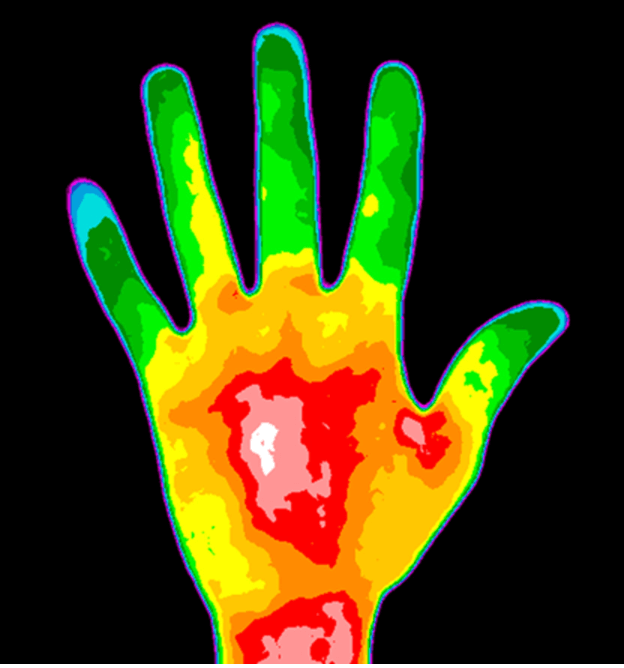If you work in an industry where you regularly handle hot tools or equipment, it can be difficult to determine what the proper protection is for your circumstance. There are many factors that go into deciding whether a glove will offer adequate protection against heat including: glove coating material and thickness, the blend of the yarn, glove thickness, as well as the temperature you’ll be dealing with.
When considering the actual risk of burns to your skin based off of handling hot equipment, there are three factors to consider: heat type, temperature, and length of exposure. Generally speaking, when selecting a glove, it is helpful to assume a type of heat interaction where the glove is coming in direct contact with the heat source.
You also need to consider the threshold temperatures when it comes to the length of time you’re in direct contact with a heat source. At 90°F you’ll begin to feel pain. At 120°F is when you may experience a second degree burn and at 135°F is when you’ll experience a third degree burn. Of course, with the use of gloves you’ll have additional protection against these threshold temperatures, however if you know you will be handling tools or equipment at these high temperatures for extended periods of time, you need to ensure you have proper protection.
Tests have shown that heat resistant gloves that are constructed from aramid fibers (like Kevlar®). Whether you’re handling hot objects for a brief time period or an extended one, we believe aramid fibers offer the best protection.




